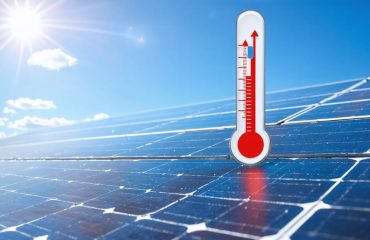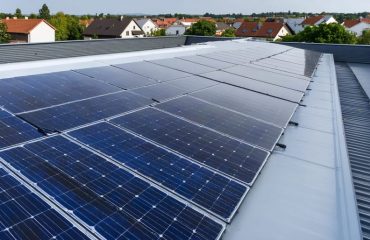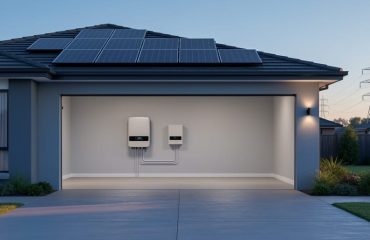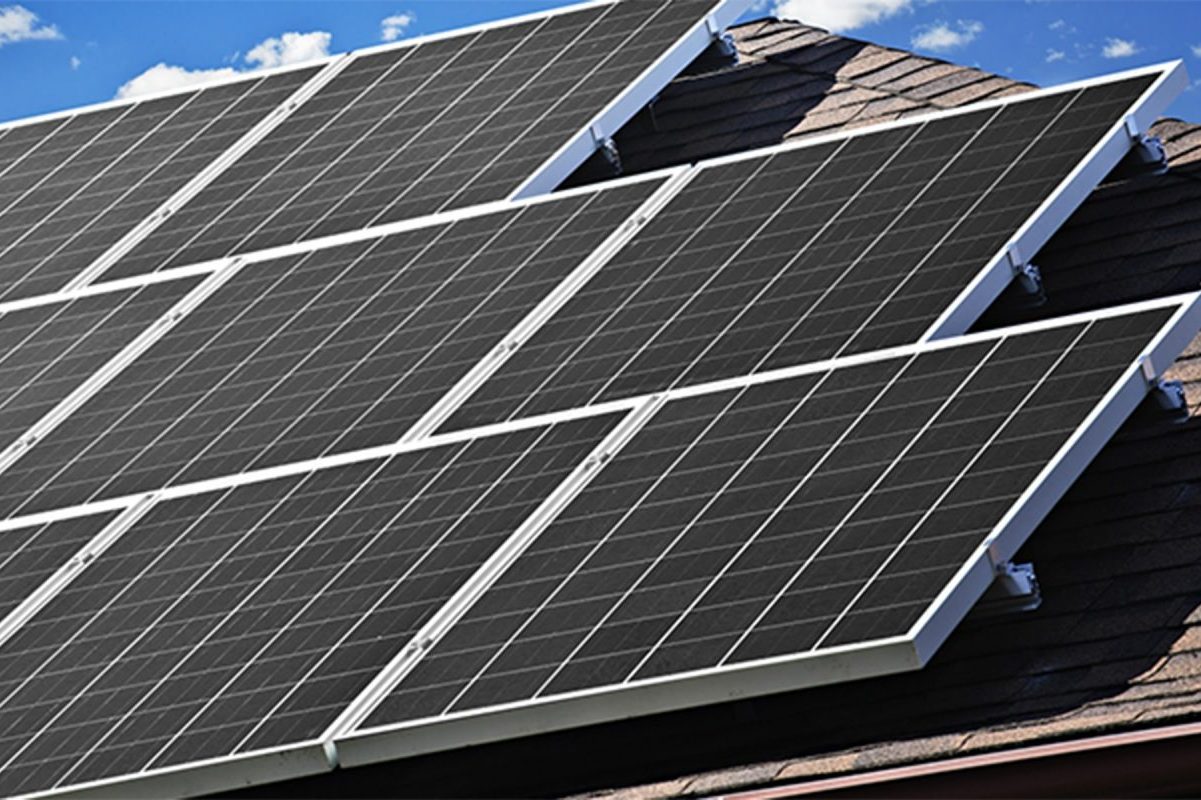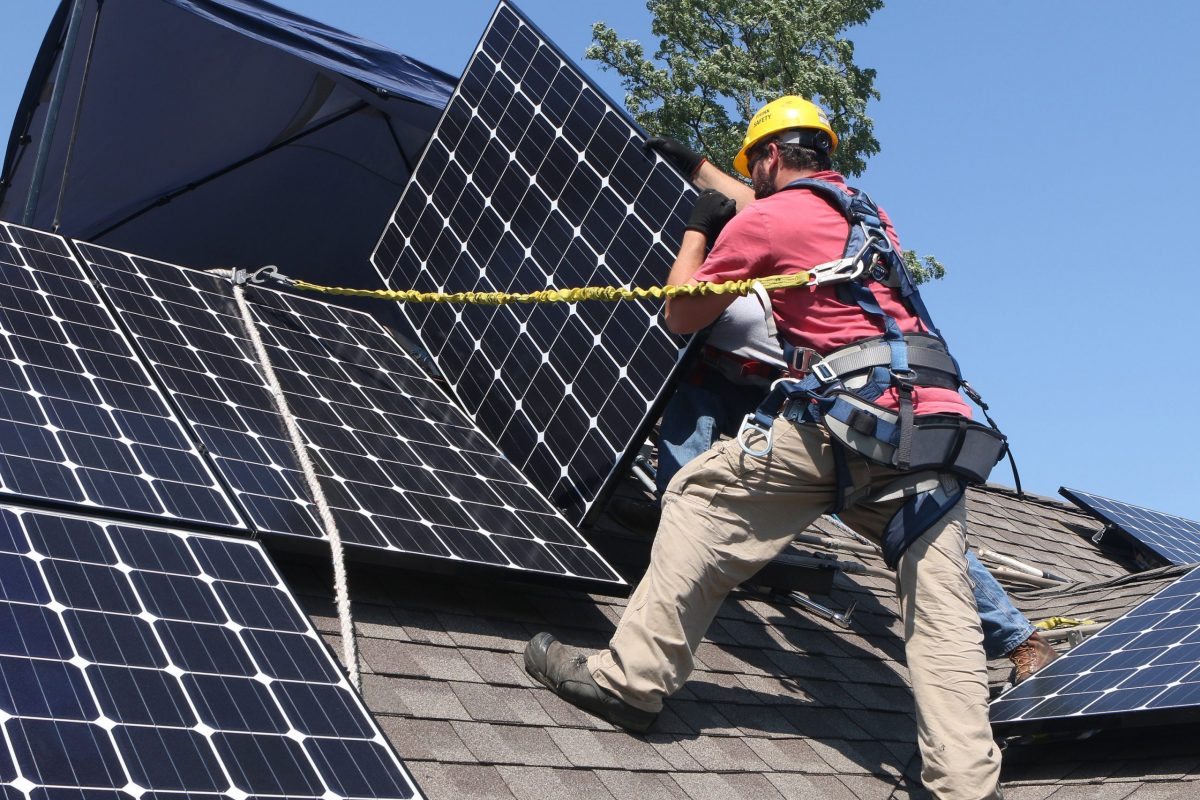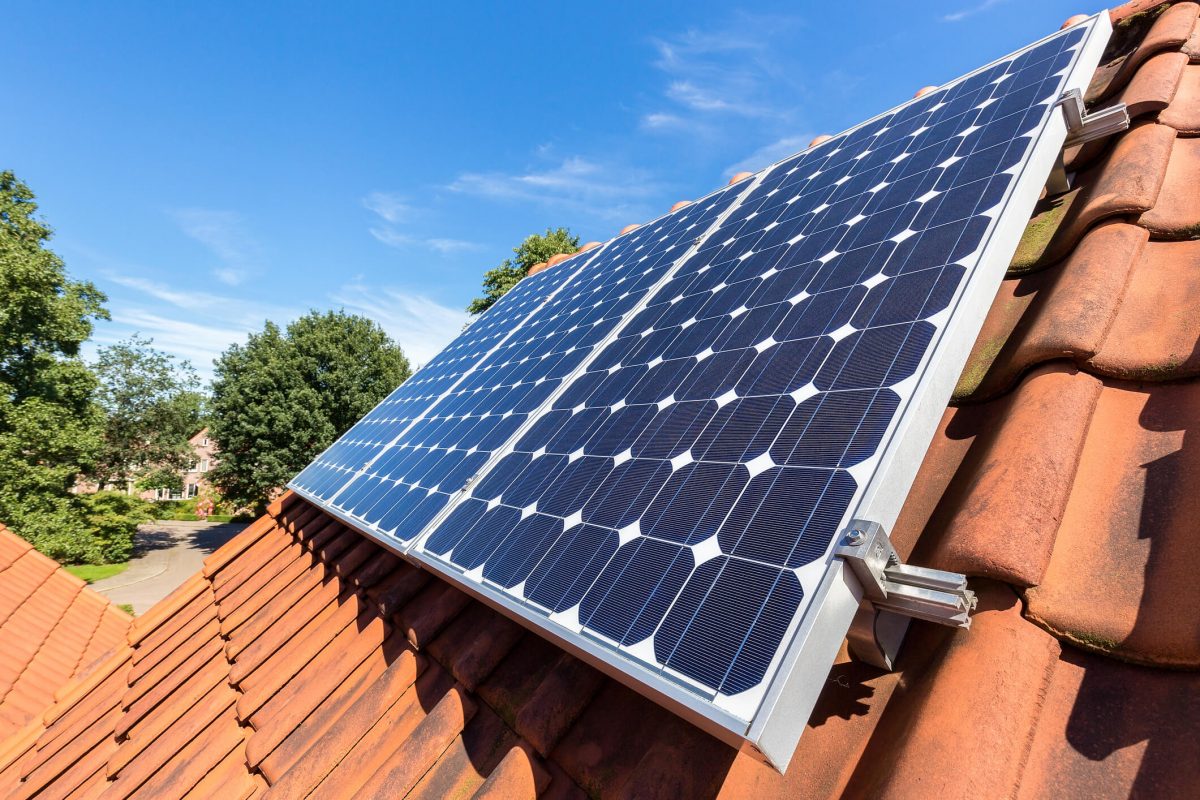Monitor your solar panel’s open circuit voltage (Voc) regularly to ensure optimal performance and detect any anomalies early. Adjust the position and tilt of your solar panels to maximize sun exposure, minimizing potential voltage loss and boosting efficiency. Evaluate your inverter capacity to accommodate the maximum Voc without surpassing its limits, which can prevent potential damage and inefficiencies. Consider installing a charge controller that matches the Voc requirements of your system, safeguarding your investment and enhancing energy output.
Understanding PV Open Circuit Voltage
What is Open Circuit Voltage?
Open circuit voltage is a term you might encounter when exploring how solar panels work. Simply put, it’s the amount of electricity that flows through your solar panels when there’s sunlight, but no devices or appliances are using the power. Think of it as the upper limit of the power a solar panel can supply when it’s just sitting in the sun, like how much water could possibly flow through a pipe when it’s not yet connected to a faucet. This is important for several reasons, especially when considering the maximum voltage of a solar panel. Understanding the open circuit voltage can help you optimize your solar setup, ensuring your solar power system is both efficient and safe. By knowing this value, you can make sure that your solar inverter, which converts this energy into usable power for your household, can handle the maximum voltage, protecting your investment and helping you reduce energy bills.
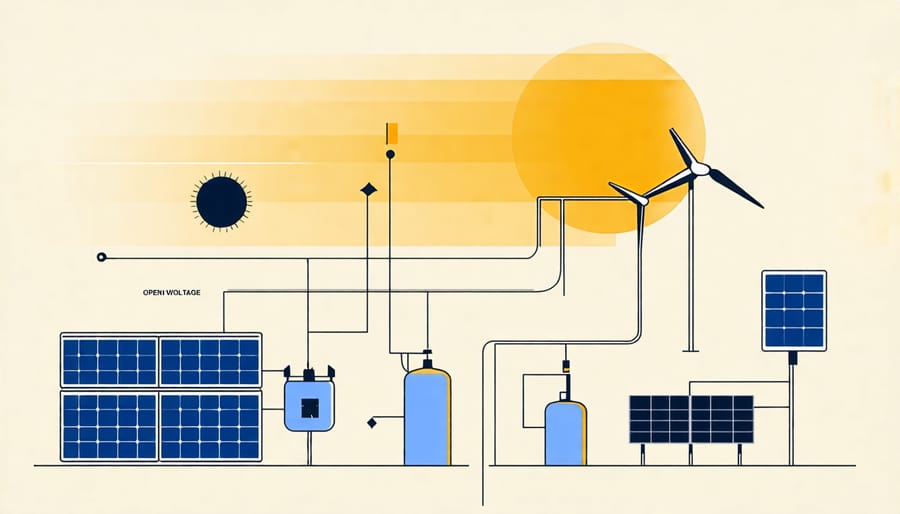
Why It Matters for Your Solar System
Understanding the maximum open circuit voltage of your solar panels is crucial for optimizing your solar energy system’s efficiency and your financial savings. This voltage, essentially the highest voltage your panel can produce without any electrical circuit load, serves as a benchmark for your solar system’s capability. Knowing this helps ensure your inverter, which converts the solar panel’s output to usable energy for your home, is properly matched to handle the voltage your panels generate. This alignment prevents energy loss and ensures you capture as much solar power as possible, cutting down your electricity bills.
Moreover, maintaining proper voltage can extend the lifespan of your equipment, reducing maintenance costs and making your investment better over the long run. It’s about making sure your solar system is calibrated perfectly to work at its peak, which not only supports your sustainable living goals but also maximizes financial benefits. By understanding and optimizing open circuit voltage, you’re paving the way for a more efficient, cost-effective, and sustainable energy future.
Factors Affecting Maximum PV Open Circuit Voltage
Temperature Effects
Temperature fluctuations can significantly affect the open circuit voltage (Voc) of your solar panels, directly impacting their efficiency. When temperatures soar, the Voc tends to decrease, leading to lower energy output. Conversely, cooler temperatures can increase Voc, potentially boosting energy production. Homeowners looking to maximize their solar panel performance should be mindful of these variations.
To manage these effects, consider positioning your solar panels in a way that allows for optimal airflow, reducing the likelihood of overheating. Additionally, regular panel maintenance, such as cleaning and inspecting for damage, can ensure they’re operating at peak efficiency regardless of temperature changes. Investing in temperature-compensated inverters might also be beneficial, as they adjust the energy conversion process to counteract the voltage changes that temperature variations can cause. By understanding and managing these temperature effects, you can optimize your solar system’s output, leading to greater energy savings and a more sustainable home.
Solar Panel Material and Design
The choice of materials and design in solar panels plays a crucial role in determining their open circuit voltage, a key factor in overall efficiency. For homeowners exploring solar energy, understanding these elements can lead to smarter decisions and greater financial benefits. Silicon is the most common material used in panels due to its efficiency and availability. Monocrystalline panels, made from a single crystal structure, usually offer higher efficiency and voltage output than polycrystalline panels, which consist of multiple crystals. However, polycrystalline can be more cost-effective.
Thin-film solar panels, made from materials like cadmium telluride, provide design flexibility and are less affected by high temperatures, maintaining a steadier output. Yet, they may have lower voltage compared to silicon-based panels. Paying attention to these differences enables homeowners to select panels that best suit their energy needs and environmental goals, ultimately maximizing their solar investment and reducing energy bills.
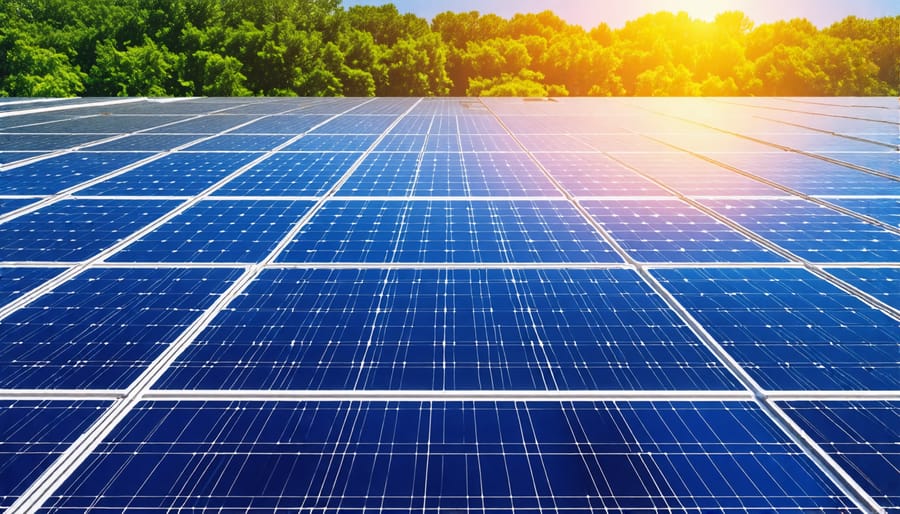
Installation and Geographic Location
The maximum PV open circuit voltage, which represents the highest voltage output of a solar panel under ideal conditions, can be significantly influenced by both installation setup and geographic location. For homeowners, factors such as how panels are positioned on the roof, their angle, and the presence of shading can optimize or limit this voltage. Additionally, geographic location plays a crucial role; areas with cooler temperatures generally see higher maximum voltages, as solar panels operate more efficiently in cooler conditions. By understanding these factors, homeowners can adjust their setup to maximize energy capture and, in turn, enjoy greater financial savings.
Practical Tips for Optimizing Solar Systems
Selecting the Right Equipment
Choosing the right equipment for your solar setup is essential to maximizing efficiency and achieving your financial savings goals. When selecting solar panels, consider the open circuit voltage (Voc), which is the maximum voltage the panel can produce under standard conditions without any load. This voltage determines how well your system will perform in converting sunlight to electricity and needs to align with the specifications of your inverter, the device that converts the direct current (DC) from your panels to usable alternating current (AC) for your home.
Start by checking your inverter’s input voltage range and ensure your chosen panels fall within these limits. This compatibility helps avoid system shutdowns and ensures peak performance. Additionally, having a slightly higher panel Voc than necessary can be beneficial for efficiency over time, especially in cooler temperatures when voltage can increase. By taking the time to match your panels and inverters properly, you can enjoy sustained energy production, lower electricity bills, and an environmentally-friendly lifestyle.
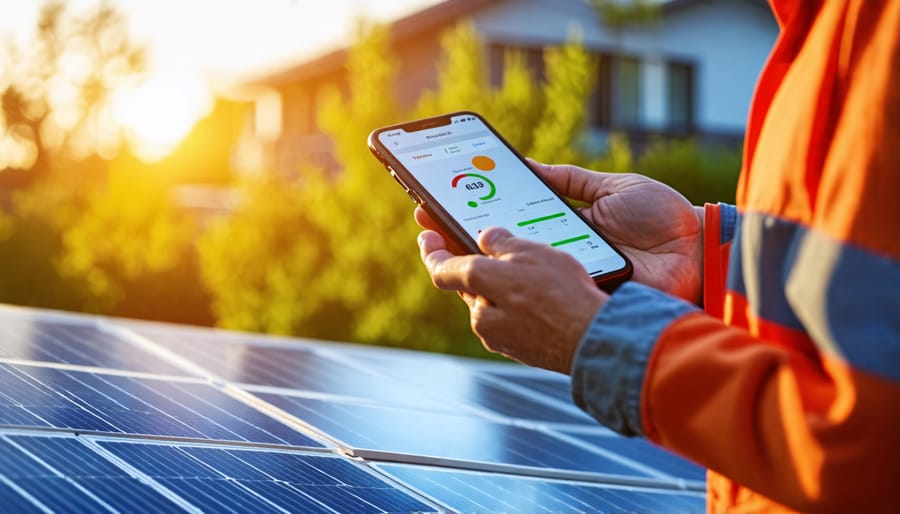
Maintenance and Monitoring
Regular maintenance and monitoring are crucial to ensure your solar system performs efficiently, impacting both energy generation and your financial savings. Start by scheduling routine inspections to check for dirt, debris, and shading on your panels, which can reduce efficiency. Cleaning the panels as needed, especially after storms or seasons with heavy pollen, can improve output significantly. Keep an eye on your system’s inverter display or monitoring software to track energy production. Sudden drops in performance may indicate an issue needing professional attention. Additionally, ensure that your system’s voltage ratings match the components’ specifications to avoid potential damage and preserve longevity. Regular maintenance not only boosts efficiency but also extends the life of your investment, maximizing your solar journey’s benefits.
Consulting Solar Experts
When it comes to maximizing your solar panel system’s efficiency, consulting with solar experts is an invaluable step. These professionals can provide insights tailored to your property’s unique characteristics, ensuring that your investment in solar technology reaps the greatest benefits. By understanding how maximum PV open circuit voltage affects your system, experts can help you optimize performance and increase energy savings. This not only leads to lower energy bills but also enhances your home’s overall sustainability. Don’t navigate this complex energy landscape alone—lean on expert advice to make informed decisions and fully harness the power of the sun, solidifying your path to a greener future.
Debunking Myths About Solar Efficiency
There are plenty of myths surrounding solar panel efficiency that can leave homeowners feeling uncertain about their renewable choices. Let’s clear the air: one common myth is that solar panels need direct sunlight all day to be effective. In reality, they still perform well under cloudy conditions, converting available light into electricity. Another misconception is that only high open circuit voltage ensures efficiency. While high voltage is part of what makes panels productive, the technology’s efficiency largely depends on the quality of components and proper installation.
Homeowners often worry that solar panels won’t significantly impact their energy bills. In fact, solar energy can greatly reduce or sometimes even eliminate monthly electricity costs, especially when combined with net metering. Investing in solar panels enhances your home’s value and contributes to environmental sustainability.
Additionally, people fear that maintaining solar panels is complex and expensive. On the contrary, they require minimal upkeep. Simply keeping them clean and an occasional professional check-up will suffice. Understanding these truths helps in appreciating solar energy’s impact on financial savings and environmental health. Embrace the benefits today, stave off misconceptions, and let sunlight power your journey into sustainable living.
Conclusion
Understanding and optimizing maximum PV open circuit voltage is crucial for homeowners aiming to enhance the efficiency of their solar panel systems. By grasping this concept, you can ensure your panels operate at peak performance, translating into substantial energy savings and financial benefits. By taking small, actionable steps towards optimizing this aspect, you’re contributing to a more sustainable lifestyle. Embracing the solar panel integration benefits in your home not only reduces energy bills but also supports the environment. Make informed decisions today to maximize your solar energy outcomes and enjoy the long-term rewards.


